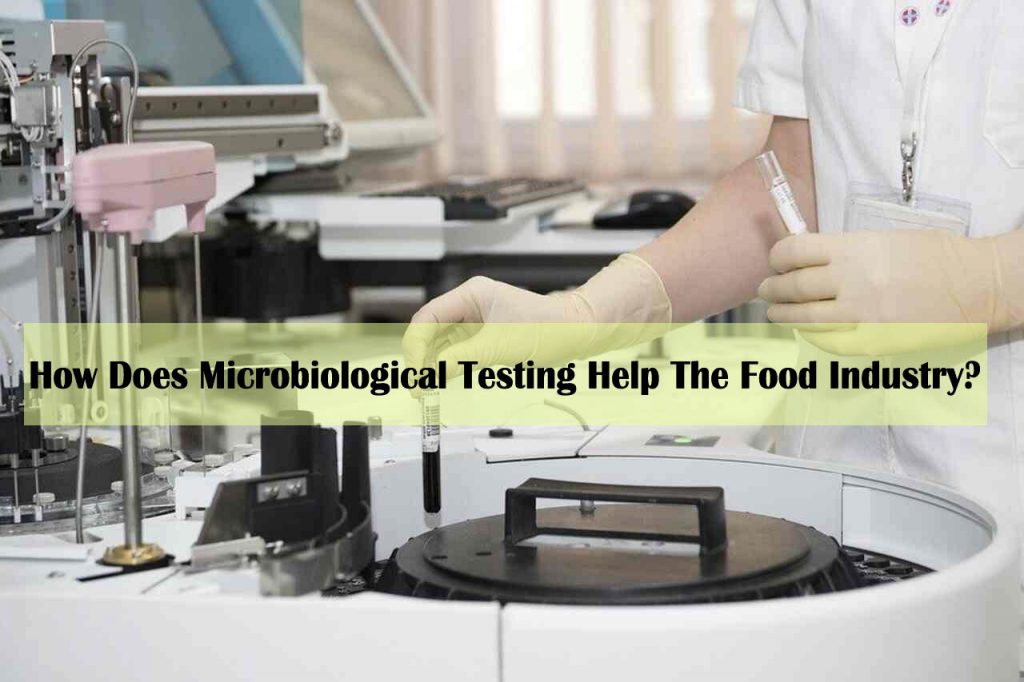In order to make sure that you are safe when you are eating, it is important for you to know what the food that you are about to eat contains. Labs testing for microbiological analysis allows you to see if there are traces of bacteria or other microscopic organisms present in a product, and what kind of bacteria it is. This process is an essential part of the industry, providing businesses with an understanding of the processes and interactions taking place inside their products so that they can prevent spoilage and improve quality control.
What is microbiological testing?
Microbiological testing is a process used to identify and quantify the levels of bacteria, yeast, and other microorganisms in food products. It is used extensively by the food industry to help ensure that the products they produce are safe to eat.
Microbiological testing can be used to determine the presence of harmful microbes such as E. coli, Salmonella and Listeria. It can also be used to assess the safety of foods for infants, young children, pregnant women, and those with food allergies.
By identifying and quantifying the level of these microorganisms, microbiological testing can help ensure that the food is free from any health risks. Food producers can also use this information to make changes to their manufacturing processes if necessary.
Why do we need microbiological testing in food production?
Food safety is a top priority for both consumers and food producers. Proper handling and storage procedures are essential to preventing contamination, which can lead to food spoilage and illness. Microbiological testing helps ensure that food is safe to eat by identifying potentially harmful bacteria and fungi.
Microbiological testing can be used in a variety of settings, including:
Food manufacturing plants
Catering companies
Restaurants
Retail stores
Schools
Hospitals
How Does Microbiological Testing Work?
Microbiological testing is a process that helps the food industry to identify potential food-borne illnesses. It does this by identifying the types of bacteria and toxins that are present in foods. This information can then be used to determine whether or not the food is safe to eat.
The main types of microbiological testing that are used in the food industry are bacteriological and toxin tests. Bacteriological tests look for bacteria, while toxin tests look for toxins. Both of these tests can be done on raw or cooked foods.
Microbiological testing can also be used to help determine the cause of food poisoning.”
Different Ways to Conduct Microbiological Testing
There are a variety of different ways to conduct microbiological testing in order to help the food industry. Some common methods include culturing, PCR, and DNA sequencing.
Culturing is a method that uses live microorganisms to determine whether or not there is a problem with the food. This can be done by growing the microorganisms in an artificial medium and then testing for the presence of harmful bacteria.
PCR is a technique that uses pieces of DNA from a microorganism to create a copy of the DNA. This can be used to identify which microorganism is responsible for a contaminant or disease in the food. PCR can also be used to predict how harmful a microorganism may be.
DNA sequencing is another common method used in microbiological testing. This involves sequencing the entire genetic code of a microorganism so that it can be more easily identified. This information can then be used to determine which microorganism is responsible for a contaminant or disease in the food.
When should we consider using microbial testing?
Microbial testing can be a very useful tool when it comes to ensuring the safety of food. It can help identify potential contaminants such as bacteria, fungi, and viruses. This information can then be used to make decisions about whether or not to remove or adjust the food process.
There are a number of factors that should be taken into consideration when using microbial testing. First, the specific food being processed must be analyzed. Second, the type of contamination being dealt with must be known. Finally, accurate methods must be used for measuring the levels of contamination present.
When it comes to bacteria, microbial testing is often Used to screen food products for Listeria monocytogenes and other potentially harmful strains. Fungi can also cause significant problems in food processing plants, so tests for fungal pathogens are often performed. Viruses can cause serious health concerns if they contaminate foods, so any suspected viruses will need to be investigated further using more accurate methods like RT-qPCR (real-time quantitative PCR)
Overall, microbial testing is an important tool for ensuring the safety of food products. It can help identify potential contaminants and make necessary changes to the processing procedure.
Conclusion
Microbiological testing helps the food industry to ensure that its products are safe for human consumption. This is done by identifying potential contaminants, such as E. coli and Listeria, which can cause serious illnesses like meningitis and even death. By implementing microbiological testing into their production processes, food companies can make sure that they are providing safe foods to consumers worldwide.
